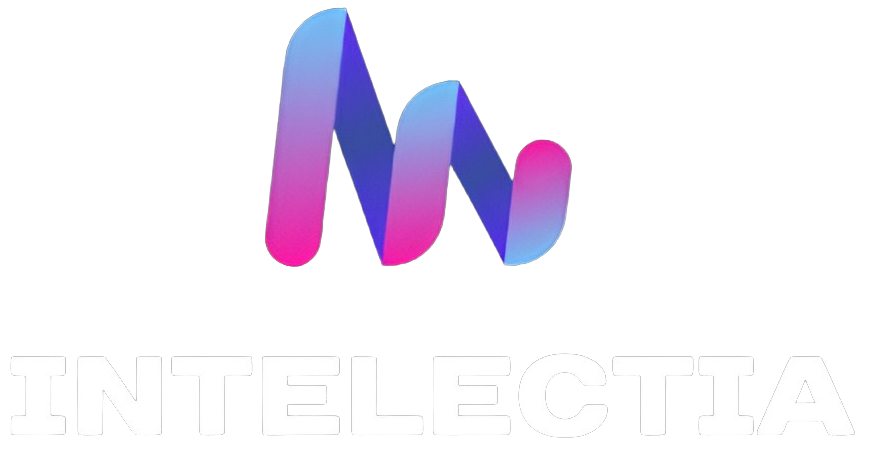Voice-to-text transcription has transformed the way we interact with technology, offering a range of benefits that enhance productivity, accessibility, and accuracy. By converting spoken words into written text through sophisticated voice recognition technology, this tool simplifies and speeds up the documentation process. This article explores what voice-to-text transcription is, its benefits, how to use it effectively, and the various sectors that can leverage this technology for maximum advantage.
Voice-to-Text Transcription – What is it?
Voice-to-text transcription, often referred to as speech-to-text software, is a technology that converts spoken language into written text. Utilizing advanced voice recognition technology, this process involves real-time transcription, where spoken words are immediately transcribed into text format. Automated transcription systems analyze the audio input, recognize speech patterns, and produce accurate textual output, making it a valuable tool for various applications.
The core of this technology lies in its ability to process voice commands and speech input efficiently. High-quality microphone input, clear enunciation, and noise reduction are essential factors that influence the effectiveness of voice-to-text transcription. As the technology has evolved, so have its capabilities, providing users with better accuracy and more reliable transcription results.
Benefits of Voice-to-Text Transcription
Voice-to-text transcription offers numerous advantages that cater to both personal and professional needs. Here are some of the key benefits:
Increased Productivity
One of the most significant benefits of voice-to-text transcription is the increase in productivity. By automating the transcription process, users can bypass the time-consuming task of manual typing. Real-time transcription allows for immediate text output from spoken words, enabling users to focus on more strategic and high-value tasks. Whether drafting reports, composing emails, or taking meeting notes, voice-to-text technology enhances overall efficiency and productivity.
Time-Saving Solutions
Voice-to-text solutions save time by eliminating the need for manual typing. This time-saving aspect is particularly valuable in fast-paced environments where prompt documentation is crucial. For instance, during business meetings or lectures, voice-to-text transcription can quickly capture spoken content, reducing the time spent on post-event documentation. By streamlining the transcription process, users can allocate their time more effectively, achieving better work-life balance.
Enhanced Documentation
Accurate transcription improves the quality and reliability of documentation. Voice-to-text transcription technology ensures that spoken words are converted into text with a high degree of accuracy, reducing the risk of errors associated with manual transcription. Enhanced documentation is crucial in professional settings, where precision and clarity are essential. This technology also enables the creation of searchable and editable text documents, making it easier to manage and retrieve information.
Accessibility Improvement
Voice-to-text transcription enhances accessibility by providing an alternative means of text input for individuals with disabilities. For people who have difficulty typing due to physical limitations or visual impairments, voice-to-text technology offers a more inclusive way to interact with digital content. By enabling voice commands and dictation, this technology supports greater accessibility and inclusion in various digital environments.
Better Accuracy
Modern voice recognition technology has achieved remarkable improvements in accuracy. Enhanced algorithms and machine learning models enable more precise transcription, even in noisy or complex environments. Reducing background noise and adjusting software settings to suit individual voice profiles contribute to better accuracy in transcription. This increased accuracy is vital for producing high-quality and reliable text output, particularly in professional and legal contexts.
Streamlined Workflow
Voice-to-text transcription contributes to a more streamlined workflow by integrating seamlessly with other digital tools and systems. In business settings, this technology can be used to dictate emails, prepare reports, and manage schedules, all of which help to create a more efficient workflow. By automating the transcription process, users can minimize manual data entry and focus on other important aspects of their work.
How to Correctly Use Voice-to-Text Transcription
To maximize the benefits of voice-to-text transcription, it’s essential to use the technology effectively. Here are some tips for correct usage:
- Ensure High-Quality Microphone Input
The quality of the microphone plays a crucial role in the accuracy of voice-to-text transcription. Using a high-quality microphone that captures clear and precise audio can significantly improve transcription results. A good microphone reduces background noise and enhances voice clarity, leading to more accurate text conversion.
- Practice Clear Enunciation
For optimal transcription accuracy, clear enunciation is important. Speaking clearly and at a moderate pace helps the voice recognition software to accurately interpret and transcribe spoken words. Avoid mumbling or speaking too quickly, as these factors can negatively impact the quality of the transcription.
- Reduce Background Noise
Minimizing background noise can improve the performance of voice-to-text transcription. Find a quiet environment for dictation and use noise-canceling features or settings in the transcription software if available. Reducing ambient noise helps the system to focus on the primary audio input, resulting in more accurate transcriptions.
- Adjust Software Settings
Customizing the software settings to match your voice profile can enhance transcription accuracy. Most voice-to-text software allows users to adjust settings such as language preferences, accent recognition, and voice commands. By tailoring these settings to your specific needs, you can achieve better performance and more accurate results.
- Utilize Voice Commands
Many voice-to-text systems support voice commands for controlling the software and formatting text. Familiarize yourself with these commands to improve efficiency and streamline the transcription process. For example, commands for punctuation, line breaks, or formatting can help to create well-structured and organized documents.
Sectors That Can Benefit from Voice-to-Text Transcription
Voice-to-text transcription has proven to be highly beneficial across various sectors. Here’s how different industries can leverage this technology:
Legal Sector
In the legal sector, voice-to-text transcription is used for documenting court proceedings, legal depositions, and client meetings. This technology ensures that accurate and comprehensive records are maintained, facilitating legal processes and case management. By automating the transcription of legal documents, law firms and courts can improve efficiency and reduce the time spent on manual documentation.
Educational Institutions
Educational institutions benefit from voice-to-text transcription by supporting students and educators in their documentation needs. Students can use this technology to take notes during lectures or participate in class discussions, while educators can create accessible educational materials and resources. Voice-to-text transcription helps to enhance the learning experience and promote inclusivity in educational settings.
Business Meetings
Voice-to-text transcription is highly beneficial for capturing business meeting notes and discussions. By transcribing meetings in real time, organizations can ensure that key points and action items are accurately recorded. This technology helps to improve communication, maintain detailed records, and facilitate follow-up actions, leading to more productive and effective business meetings.
Customer Service
In customer service, voice-to-text transcription is used to transcribe customer interactions, support tickets, and service calls. This technology enables customer service teams to maintain accurate records of customer inquiries and resolutions, enhancing service quality and providing valuable insights for improving customer support. Automated transcription also helps in streamlining customer service workflows and reducing manual data entry.
Healthcare Documentation
The healthcare industry benefits from voice-to-text transcription for accurate patient records and medical documentation. Doctors and healthcare professionals can use this technology to quickly and precisely document patient interactions, diagnoses, and treatment plans. By reducing the administrative burden associated with manual documentation, voice-to-text transcription helps to improve patient care and streamline healthcare workflows.
Do you want to implement a smart voice processing system based on Artificial Intelligence?
At Intelectia we can offer you the security of having an Intelligent Voice Processing system so that your company can improve its quality of work.
On the other hand, we also offer Intelligent Document Processing with OCR services for all types of companies.
Do not hesitate to contact us, or book a meeting and we will help you in everything that is in our hands.

